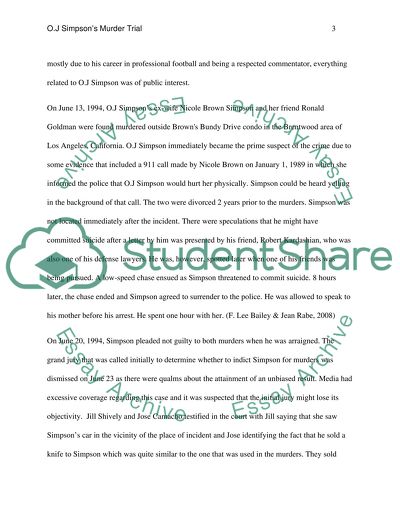Cite this document
(“The O.J. Simpson Murder Case Term Paper Example | Topics and Well Written Essays - 2750 words”, n.d.)
Retrieved from https://studentshare.org/other/1425750-the-oj-simpson-murder-case
Retrieved from https://studentshare.org/other/1425750-the-oj-simpson-murder-case
(The O.J. Simpson Murder Case Term Paper Example | Topics and Well Written Essays - 2750 Words)
https://studentshare.org/other/1425750-the-oj-simpson-murder-case.
https://studentshare.org/other/1425750-the-oj-simpson-murder-case.
“The O.J. Simpson Murder Case Term Paper Example | Topics and Well Written Essays - 2750 Words”, n.d. https://studentshare.org/other/1425750-the-oj-simpson-murder-case.


